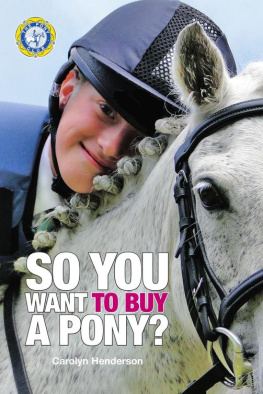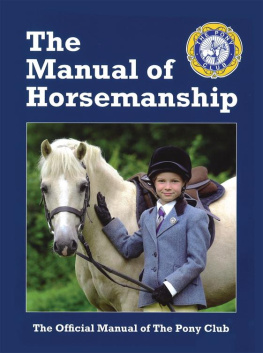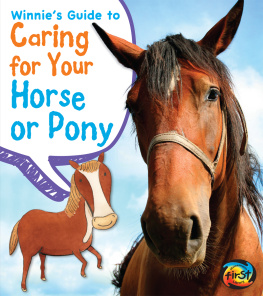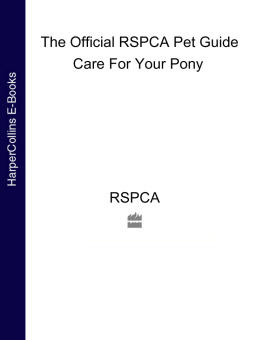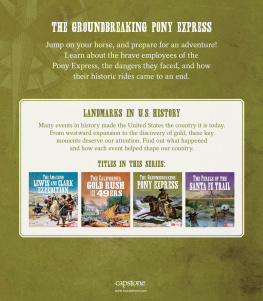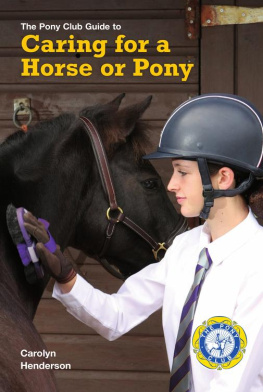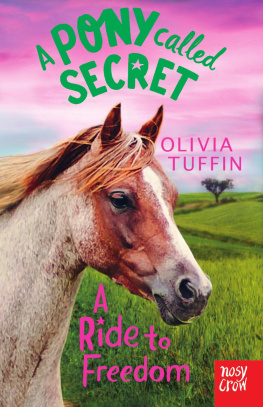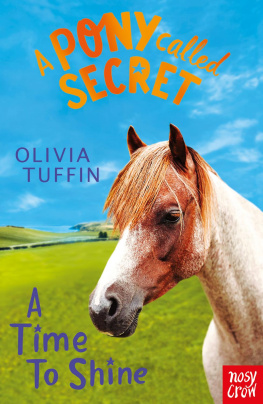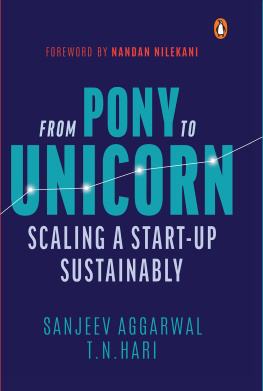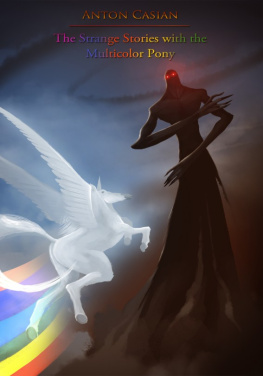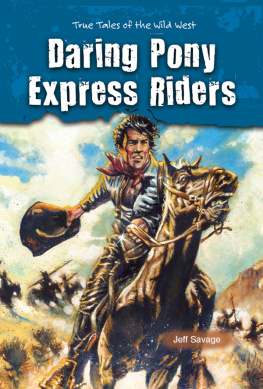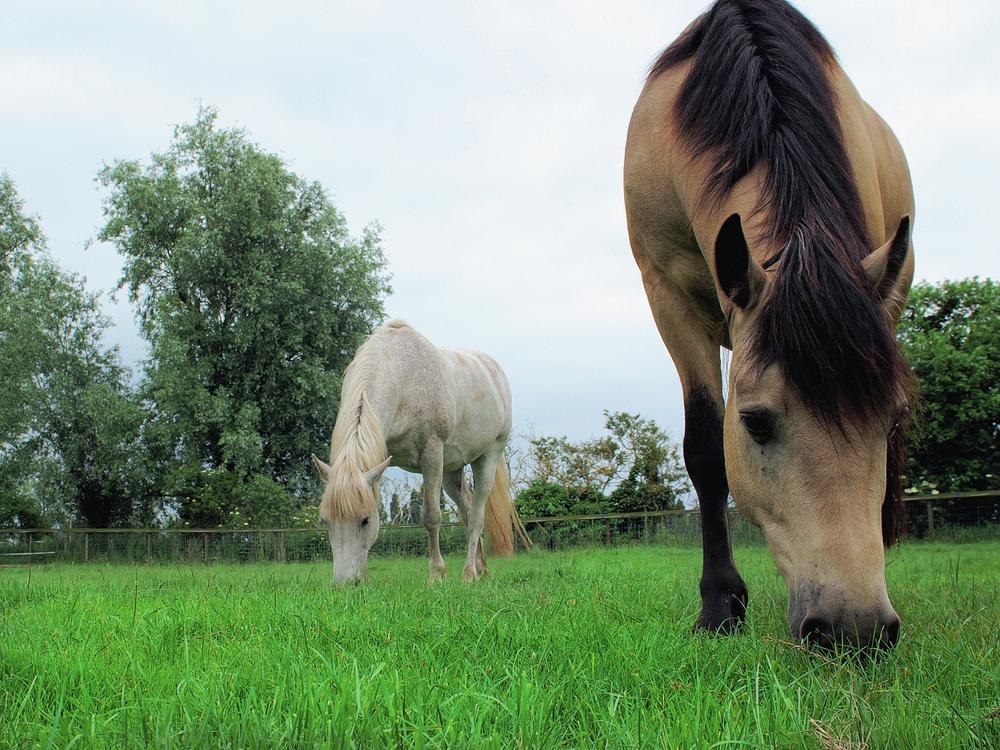Buying a pony will change your life. Its challenging as well as exciting, but reading this book means youve taken the first essential stepfinding out whats involved so that you can make the right decisions. Its aimed particularly at first-time buyers, including those who do not have an equestrian background, but it should also help the more experienced.
Whether youre a young rider and would-be pony owner or a parent who will be paying the bills, remember that a pony will impose more demands than any other animal, because of the time and costs involved. This could affect all members of the family, even those who are not interested in ponies, so will everyone be happy at the prospect of a new addition to it?
You do not have to be rich to own a pony, but you do need to be realistic about what ownership will cost. It is also essential to make sure that you can dedicate the time needed to keep him healthy and happy. Dont just think about the time needed for riding, think about all the other jobsincluding the not so exciting ones, such as picking up droppings in the field!

Buying a pony is a commitment for parents as well as children.
Adults must appreciate that children must have practical as well as financial support, seven days a week. You cannot leave a pony in a field for a day without carrying out routine checks and care, or making sure that this is done by someone appropriate and reliable, just because something unexpected comes up. Providing support may involve you in everything from driving to the yard where the pony is kept to helping to carry heavy bales of bedding or bags of feed.
The other factor to consider is your level of experience and whether or not you have adequate back-up. If you have not already done so, join a Branch of The Pony Club, which will give you instant access to advice, instruction and a great social network. Everyone has to start somewhere and it is better to be a novice owner with a good support network than someone who may have owned a pony for a long time but lacks knowledge.
You do not have to own a pony to join The Pony Club, so you can do so even if owning a pony is still a long-term ambition. Wherever you live, you will find a local Branch.
A pony is usually accepted as being an animal up to 14.2hh or 148cm and undersee for more informationbut taller riders may need something bigger. Therefore, although this book is mainly about ponies, there are some references to horses. Unless otherwise specified, the advice given applies to both.
Ready or Not?
Thoughts for riders
If you are a would-be pony owner, be honest about whether you are ready to go ahead. Are your riding skills at a suitable level and do you have the basic practical skills needed?
Most people learn to ride at a riding school, where they should also get the chance to learn basic horse and pony care. There are also lots of magazines, DVDs and internet sites bursting with information, but although many of these can be valuable, you must also have hands-on experience. As a guideline, before you think about buying a pony, you should be proficient in the following areas:
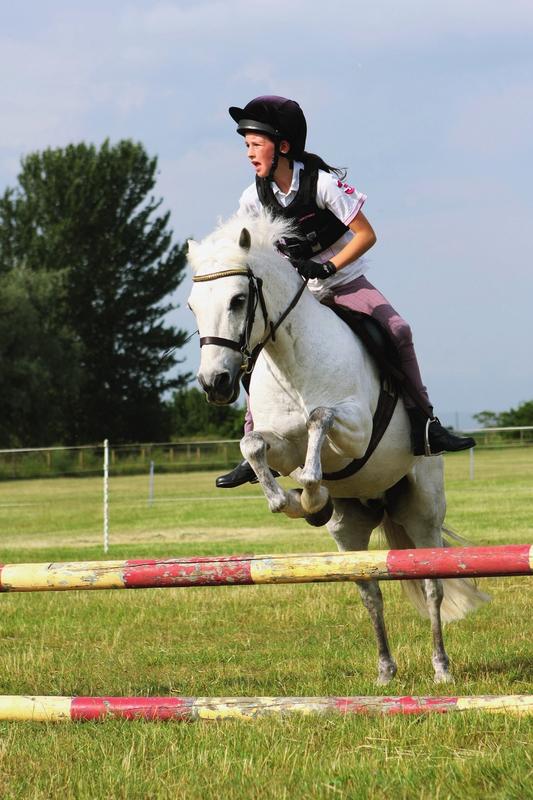
Do your riding skills match your idea of the kind of pony you hope to buy?
Be able to control a pony suitable for your ability at walk, trot and canter and jump a small fence, in a safe area and under supervision.
Be able to ride in the open and control your pony in all three gaits. If your riding school is in an appropriate location, hopefully you will also be able to hack out with a qualified escort.
Be happy and confident handling a well-behaved pony, including catching, leading, tacking-up and untacking and grooming.
Know what a pony will dislike or may be frightened by, such as sudden loud noises or inconsiderate handling.
Understand the basics of pony care, such as why it is important not to let ponies get fat and why they need routine preventive care such as worming and vaccination.
Thoughts for parents
Inevitably, parents make the decision on whether or not to buy a pony, as they are the ones who pay the bills and provide practical support. There are several issues to consider, but the first must be whether or not the rider is ready. Talking through the section above will give you some idea, but do not allow yourself to be persuaded without talking to an instructor who knows your child well enough to advise you.
It is important that at least one adult in the family should know how to handle a pony and be confident in catching, leading, picking up feet and other basic tasks. If you do not have this experience, ask your childs instructor to arrange a practical lesson or two for you.
Tip
Riding your own pony is much more challenging than riding one owned by a riding school. Riding school ponies are used to a strict work routine and usually know more about their job than their riders do. While you will need plenty of guidance to ride and look after your own pony, you will also have to think for yourself, because there will not always be someone to tell you where to go and what to do. With the right pony and the right help, you will make rapid progress, but you should be confident enough to ride and handle different types of pony before looking for one of your own.
If discussions encourage you to go ahead, the next step is to work out costs. These will vary depending on the value of the pony, where and how you keep him and what you do with him, but there are constants. One is that the purchase price is just a starting point.
Costing it out
Below is a list of regular costs which every owner will incur. Detailed advice on how to look after a pony can be found in other Pony Club publications, though throughout this book, you will find basic information which will help make things clearer.
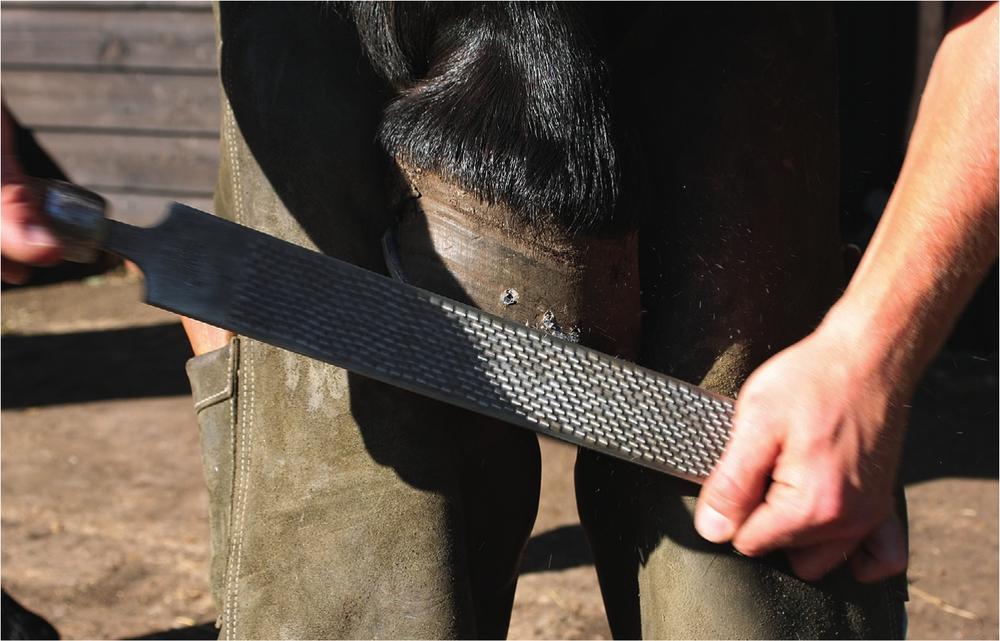
Farriery costs must be counted in to your regular expenditure.
Accommodation for your pony, usually called livery. This is a term which goes back to the days when livery yards kept horses for hire.
Feed and, if he is stabled for part of the time, bedding. Whatever management system you chooseand the options are explained in the next sectiona pony will need extra fuel in the winter when there is little or no nutritional value in grass. In many cases, this need will be supplied by good quality hay and a broad spectrum vitamin and mineral supplement that makes up for any deficiencies in his diet. In certain circumstances, such as when a pony is working extra hard, he may need his diet supplementing with suitably formulated food in the form of cubes or mix, usually called hard feed.
Some ponies may need to be on restricted grazing when the food value of grass is at its peak, not just to prevent them becoming overweight but to minimise the risk of a crippling foot condition called laminitis. Unfortunately this doesnt mean they are extra cheap to keep, as they will need hay or other low calorie forage as a replacement for rich grass.
Tack (a term which covers bridles, saddles, headcollars and so on) and other equipment. Things you will need range from the obvious, such as a saddle, bridle and headcollar to grooming kit, winter rugs, mucking-out tools and first aid equipment.

